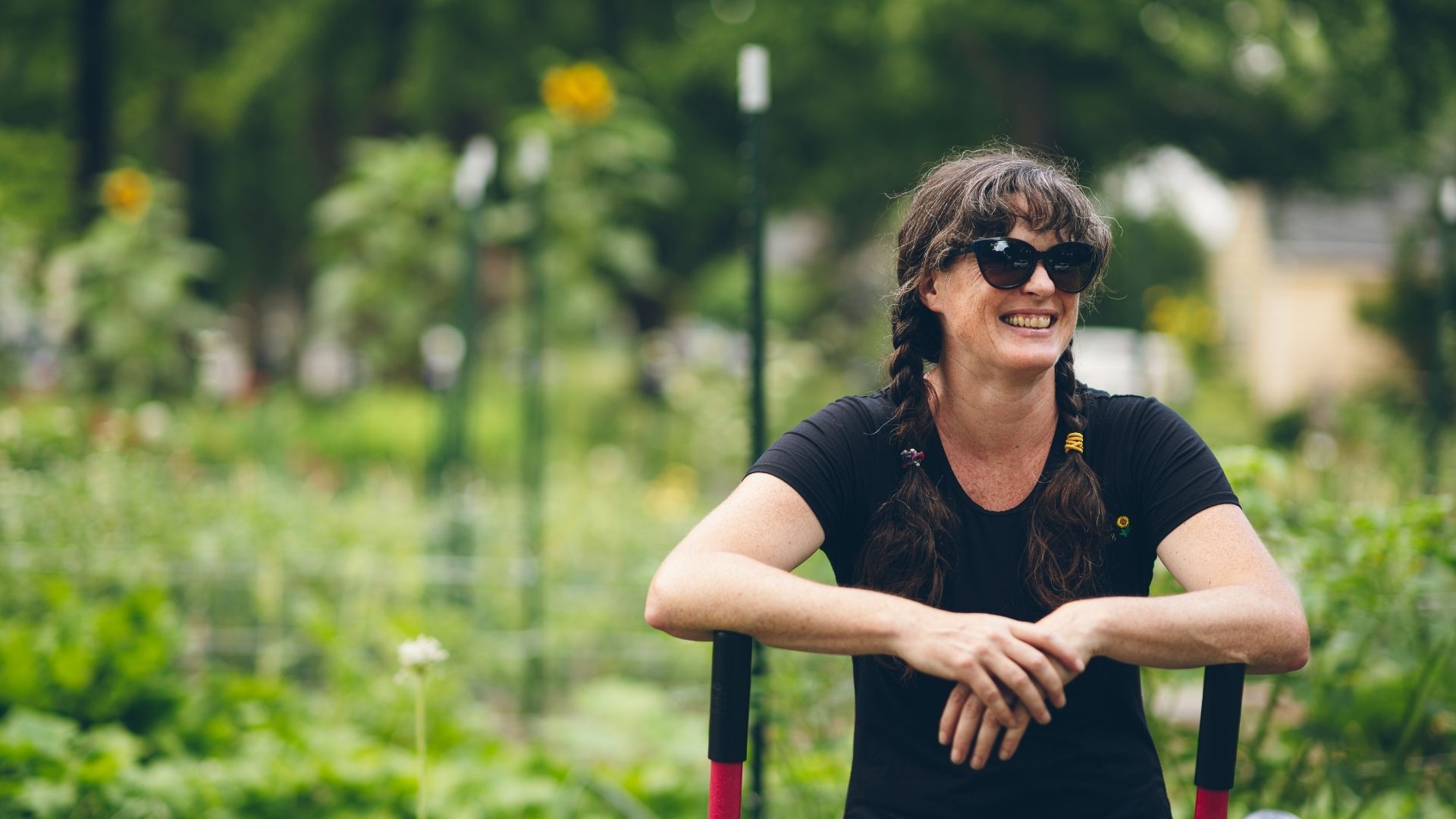What are Those Cobwebs in the Trees?

Travel most any Indiana road this time of year, or maybe just look at the trees in your own yard, and you may see what looks like cobwebs in some branches. This condition seems to be more prevalent than usual this year. A Purdue University expert explained the likely culprits of this condition.
“Two of the more common webworms I have been seeing are the mimosa and the fall webworm,” he said. “While neither of them can outright kill trees, they are unsightly, especially at the end of the summer when substantial portions of the tree are disfigured.”
The damage that is typically seen is a tight webbing on branch tips. Inside, you see caterpillars crawling around, including fecal pellets that get trapped in the webbing rather than falling to the ground.
Sadof said that fall webworm attacks a wide range of deciduous trees including flowering fruit trees, black walnuts, elm, hickory and bald cypress. “They are most common in suburban areas, roadsides and forest edges that lack the predators and parasites the webworms encounter in the forest.” Caterpillars are yellowish-green with black spots and long white hairs, and up to 1.5 inches long.
Sadof said that unlike fall webworm, the mimosa webworm only attacks honeylocust and mimosa trees. “Leaves on the ends of branches become webbed together and turn brown as lime-green caterpillars skeletonize leaf tissue,” he said. “Heavily infested trees appear frosted brown.” These caterpillars are also much smaller than fall webworm, growing to only about 1 inch. Sadof said we are seeing an uptick in the abundance of this pest because the last two winters have not been cold enough to kill them.
You may see honeylocust referred to in some references as honey-locust or honey locust.
Although native honeylocust trees in woodland settings have large thorns, plant breeders have been able to produce thornless honeylocust varieties that can be desirable landscape choices. We don’t hear much about mimosa trees in northern Indiana, as they are more common (and survive winters more easily) south of US 50 in Indiana, and in states further south. In areas where it is hardy, it can have invasive characteristics.
If you only have a few webs in your trees, one option is to simply prune them out and burn them. However, this tactic will not work in all cases, especially with heavily infested or larger trees. Sadof said that insecticides are not recommended in late summer because the damage has already been done, and it’s also difficult to penetrate the webs with the insecticides. He recommended that homeowners plan for treatment next year.
“Control of webworm caterpillars is best achieved if actions are taken before the trees become covered with webs,” he said. “By identifying trees that are heavily infested this year, you can target your efforts next spring before webbing becomes extensive.”
Find pesticide options in Sadof’s original article at: https://www.purduelandscapereport.org/, or from the Purdue Tree Doctor app.
Also find Purdue Extension publications on both Fall Webworm and Mimosa Webworm, including insecticide options, at the Purdue Education Store, www.edustore.purdue.edu.






